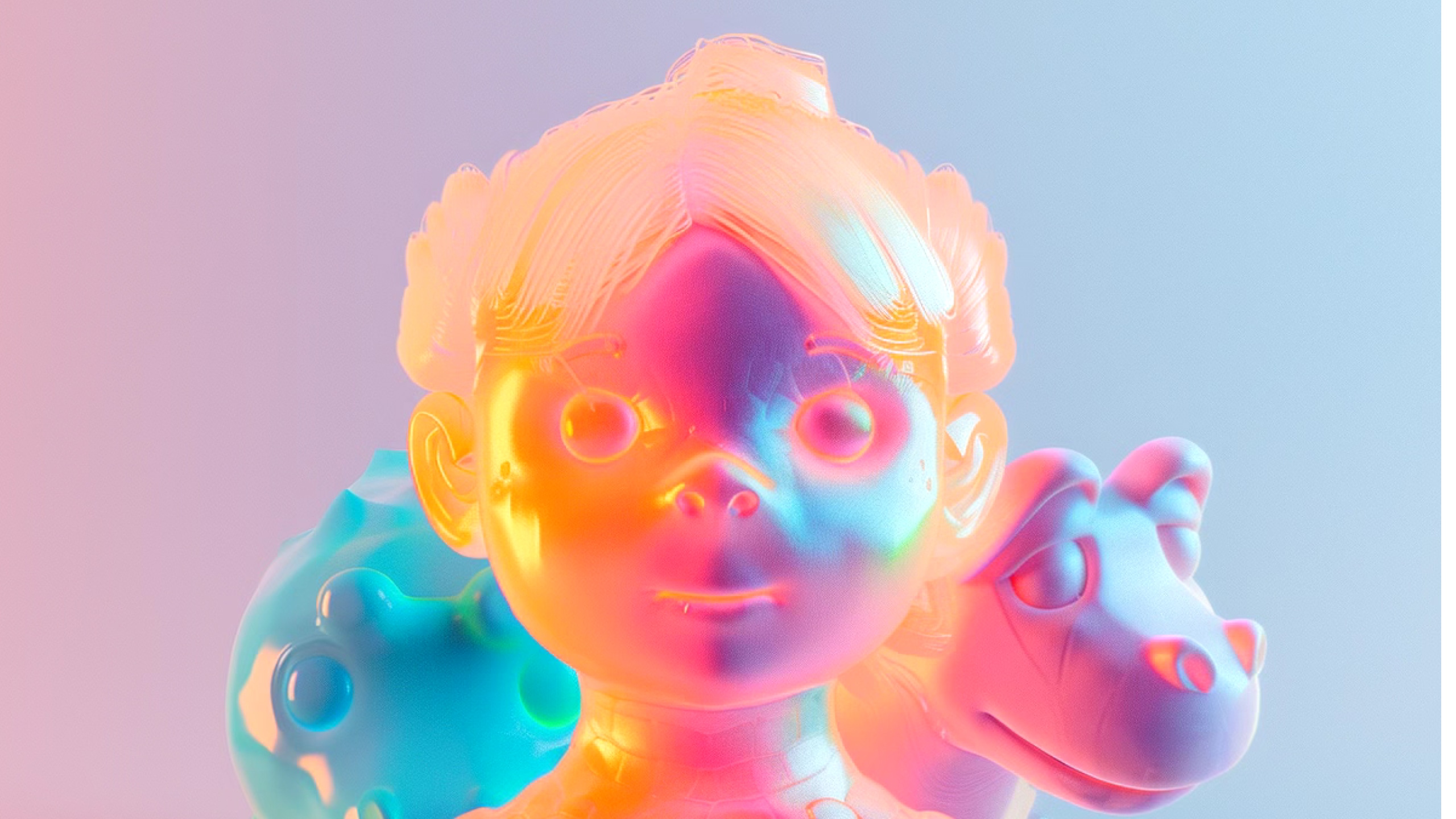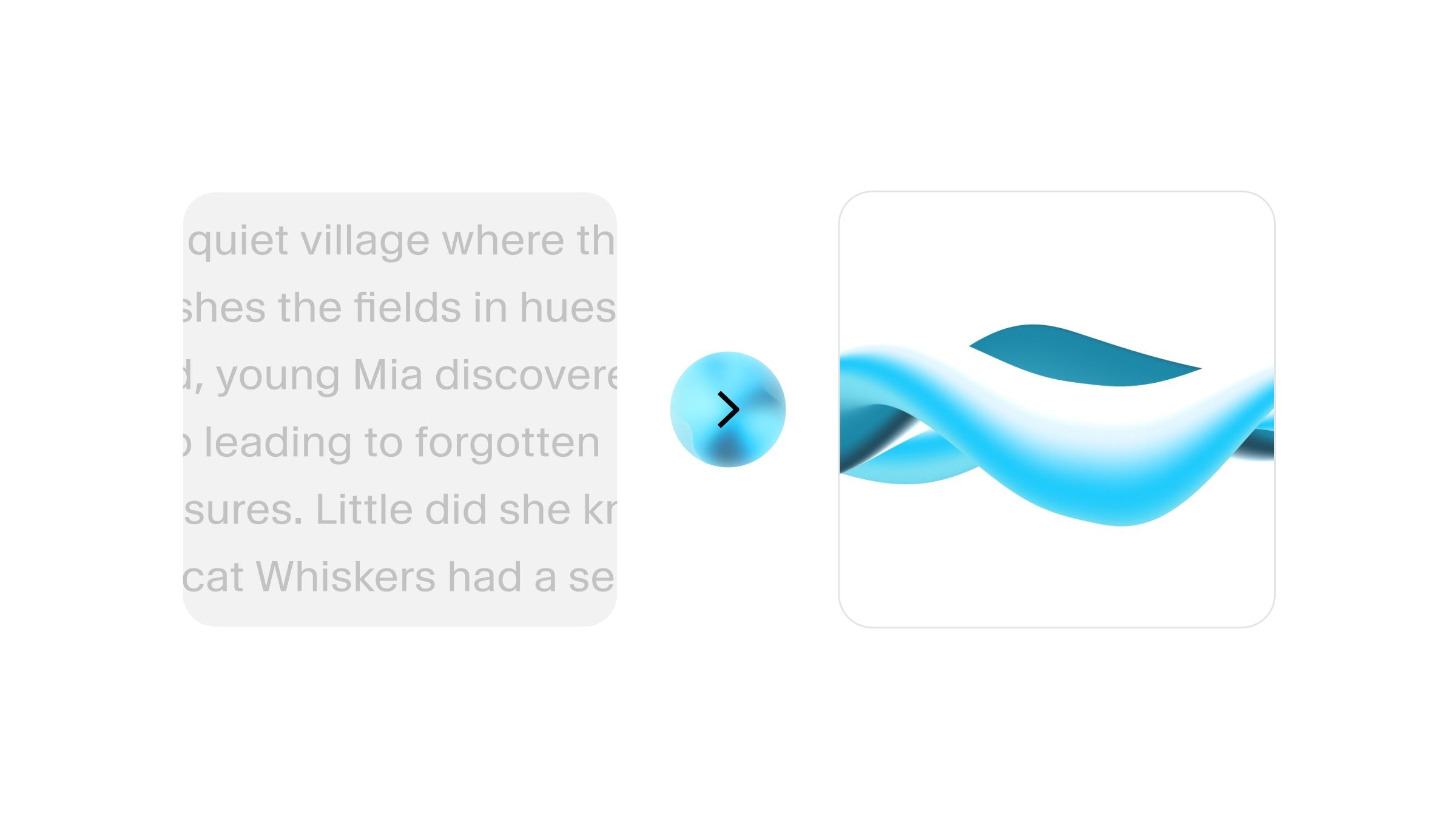
AI w animacji: ożywianie postaci
Animatorzy, producenci, scenarzyści i twórcy treści korzystają z narzędzi AI
Animacja to kreatywna i satysfakcjonująca ścieżka kariery, ale często jest skomplikowana, kosztowna i czasochłonna. Dzięki szybkiemu rozwojowi sztucznej inteligencji, animatorzy, producenci, scenarzyści i twórcy treści mogą korzystać z narzędzi AI, aby poprawić jakość swojej pracy, uprościć rutynowe zadania i ożywić postacie dzięki kontekstowej zamianie tekstu na mowę.
Kluczowe wnioski
- Animacja jest popularną i cenioną formą rozrywki od początku XX wieku.
- Na przestrzeni lat, seriale i filmy animowane stały się bardziej realistyczne, płynne i wysokiej jakości, stawiając wysokie wymagania animatorom na całym świecie.
- Na szczęście, dzięki postępom w sztucznej inteligencji, animatorzy mogą korzystać z przydatnych narzędzi AI w całym procesie twórczym, aby osiągnąć świetne rezultaty.
Rozwój animacji na przestrzeni lat
Animacja jest fundamentem rozrywki i mediów od początku XX wieku, kiedy francuski artysta Emile Cohl stworzył pierwszy film poklatkowy. Od ukochanych klasyków dzieciństwa, jak filmy Disneya, przez Anime, po kreskówki dla dorosłych, jak Simpsonowie i Family Guy, animacja jest jedną z najpopularniejszych form rozrywki.
Jednak animacja, jaką znamy dzisiaj, jest znacznie bardziej zaawansowana niż jej poprzednicy, tacy jak poklatkowe i ręcznie rysowane kreskówki. Dzięki szybkiemu postępowi technologicznemu, sfera animacji przeszła od rękodzieła do nowoczesności.
W ostatnich latach sztuczna inteligencja pozwoliła animacji osiągnąć nowy poziom, eliminując wiele powtarzalnych zadań, usprawniając proces tworzenia i poprawiając jakość wizualną jak nigdy dotąd.
Przyjrzyjmy się, jak narzędzia AI przyczyniły się do rozwoju i transformacji animacji oraz jakie narzędzia i metody mogą wykorzystać animatorzy, aby zwiększyć swoją kreatywność, produktywność i jakość animacji.
Ale najpierw - zagłębmy się w to, jak AI zrewolucjonizowała przemysł animacji.
Jak AI zmieniła przemysł animacji?
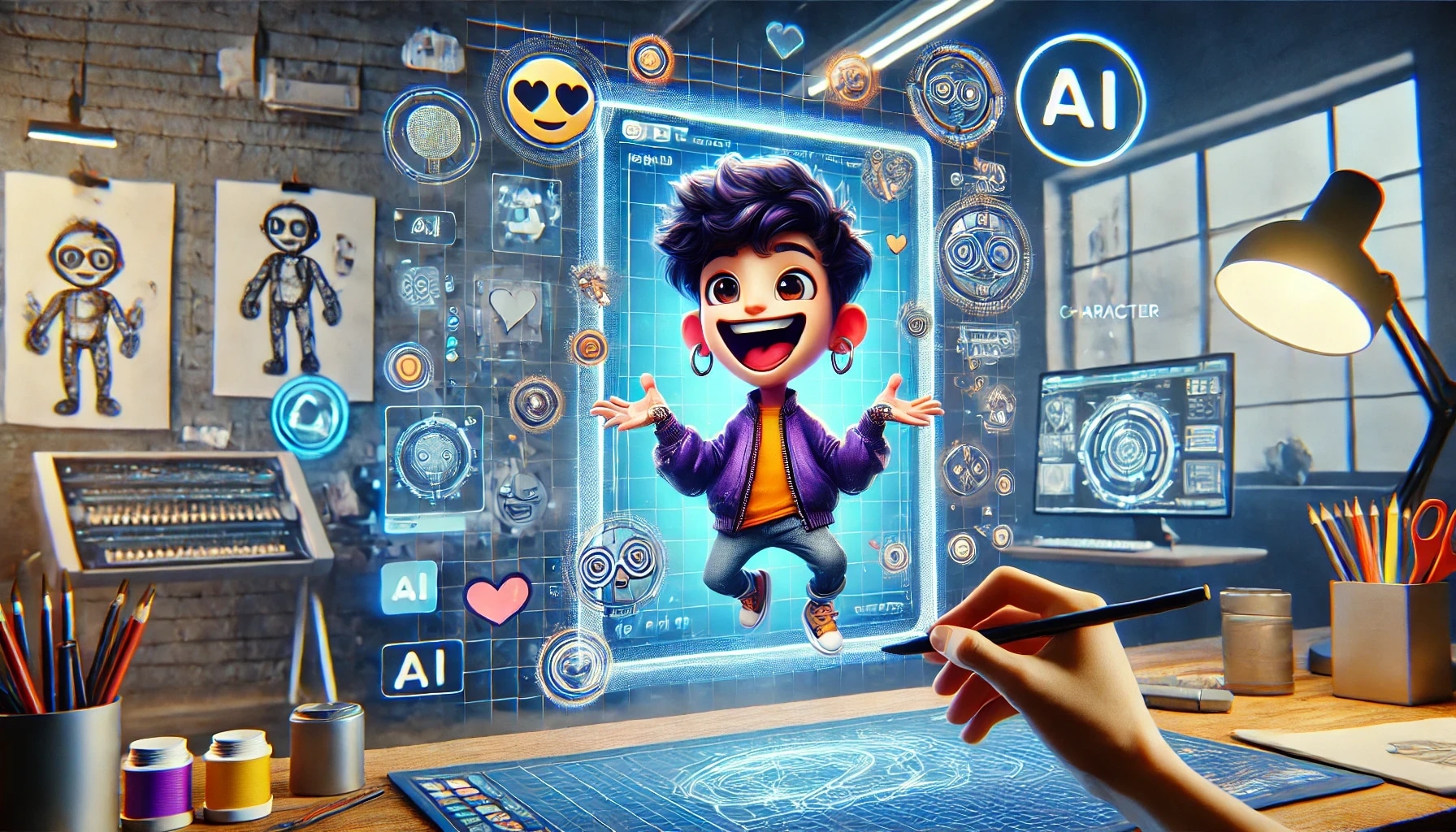
Nie jest tajemnicą, że AI przejmuje produkcję treści.
Chociaż narzędzia AI wciąż wymagają nadzoru człowieka, nowoczesna technologia AI opiera się również na zaawansowanych algorytmach, takich jak uczenie maszynowe, przetwarzanie obrazów i przetwarzanie języka naturalnego, aby tworzyć angażujące i wysokiej jakości treści. Te rozwinięcia były szczególnie pomocne dla animatorów, którzy mogą łączyć swoje pomysły i umiejętności z takimi narzędziami, aby osiągnąć imponujące rezultaty.
Więc, jak AI zmieniła przemysł animacji?
Jak AI jest wykorzystywana w animacji?
Sztuczna inteligencja jest wykorzystywana w animacji od końca XX wieku, głównie do ożywiania postaci za pomocą narzędzi AI, które replikują ludzkie wyrazy twarzy i ruchy.
Rozwój rozpoznawania obrazów, uczenia maszynowego i głębokiego uczenia przyniósł te możliwości. Od tego czasu technologia AI szybko się rozwija, prowadząc nas do miejsca, w którym jesteśmy dzisiaj w rewolucji AI.
Nowoczesne narzędzia AI mogą być włączane do animacji na różne sposoby. Animatorzy mogą polegać na takich narzędziach, aby usprawnić i ulepszyć wiele aspektów swojej pracy.
Pisanie scenariuszy
Narzędzia do pisania AI i asystenci niewątpliwie zmieniły proces pisania scenariuszy. Od generowania całych scenariuszy po pomoc w gramatyce, pisowni i interpunkcji, inteligentni asystenci pisania zasilani AI, tacy jak Grammarly, Hemingway Editor i Google’s Gemini, są cennymi narzędziami dla scenarzystów.
Scenarzyści mogą również importować swoje notatki lub wczesne szkice do generatywnych narzędzi AI, takich jak ChatGPT, i poprosić je o przekształcenie ich w dopracowane scenariusze, co pozwala zaoszczędzić czas na rozwijanie serialu animowanego lub filmu.
Tworzenie postaci
Narzędzia AI ułatwiają tworzenie złożonych, autentycznych postaci, które naśladują ludzkie cechy. Jak wspomnieliśmy wcześniej, narzędzia AI pomagajątworzyć animowane postacie, które dokładnie naśladują ludzkie wyrazy twarzy i ruchy, pozwalając animatorom tworzyć bardziej realistyczne seriale i filmy.
Dzięki uczeniu maszynowemu i rozpoznawaniu obrazów, narzędzia AI mogą przetwarzać i replikować ludzkie reakcje i wyrazy twarzy, pozwalając animatorom tworzyć złożone, wielowymiarowe postacie, które angażują widzów i budują empatię oraz przywiązanie.
Storyboardy
Innym sposobem, w jaki animatorzy mogą włączyć narzędzia AI do procesu tworzenia i przyspieszyć etap planowania, jest użycie ich do generowania storyboardów.
Storyboardy często zajmują dużo czasu, który twórcy mogliby poświęcić na inne aspekty, takie jak rozwój fabuły i postaci. Narzędzia do tworzenia storyboardów zasilane AI pomagają animatorom usprawnić ten proces, generując spójne sekwencje zgodne z fabułą i scenariuszem.
Generowanie tła
Obok tworzenia postaci, narzędzia AI mogą również generować realistyczne, złożone i estetycznie przyjemne tła. Chociaż tła nie są głównym punktem każdej sceny, widzowie zauważają szczegóły i nawet wskazują na nieścisłości, zmuszając animatorów do poświęcania cennego czasu na dopracowanie szczegółów.
Dzięki narzędziom do animacji zasilanym AI, animatorzy mogą zdjąć część tego ciężaru i generować tła bardziej efektywnie.
Nałożone głosy i narracje
Posłuchaj tego przykładowego nałożonego głosu - brzmi niesamowicie ludzko, prawda?
Minęły czasy, kiedy trzeba było korzystać z usług aktorów głosowych, aby tworzyć naturalnie brzmiące narracje dla postaci. Dzięki zaawansowanym narzędziom zamiany tekstu na mowę i generacji głosu AI, animatorzy mogą teraz tworzyć ludzkie głosy dla różnych postaci i dostosowywać je do kontekstu i osobowości postaci.
Kontekstowa zamiana tekstu na mowę dla nałożonych głosów postaci
Narracja i nałożone głosy postaci mogą zadecydować o sukcesie lub porażce filmu animowanego, serialu lub gry wideo, zwłaszcza jeśli chodzi o adaptacje lub remaki. Fani książek, komiksów i wczesnych wersji animowanych treści są trudni do zadowolenia, a nałożone głosy, które nie spełniają ich oczekiwań lub nie pasują do postaci, mogą prowadzić do rozczarowania i negatywnych recenzji.
Na szczęście, szybki rozwój AI objął również sferę zamiany tekstu na mowę i narzędzi generacji głosu, pozwalając twórcom generować naturalnie brzmiące nałożone głosy i narracje zamiast robotycznie brzmiącego audio.
Zaawansowane narzędzia zamiany tekstu na mowę i generacji głosu, takie jak ElevenLabs, mogą znacznie pomóc producentom, animatorom i twórcom, którzy chcą tworzyć angażujące, ekspresyjne i ludzkienałożone głosy dla postaci, ożywiając je na ekranie.
Nie jest tajemnicą, że współpraca z aktorami głosowymi może być czasochłonna i kosztowna, zwłaszcza gdy budżet jest ograniczony. W rezultacie, kontekstowa zamiana tekstu na mowę i narzędzia generacji głosu, takie jak ElevenLabs, są doskonałymi alternatywami dla tych, którzy mają napięte terminy, ograniczenia budżetowe i twórców, którzy chcą dostosować własne głosy do swoich ukochanych postaci.
ElevenLabs oferuje rozbudowaną bibliotekę głosów, z której twórcy mogą wybierać oraz konfigurowalne parametry, takie jak prędkość narracji, ton, akcent, płeć i inne. Ta funkcja pozwala animatorom bezpośrednio wpływać na to, jak ich postacie brzmią i wyrażają się, co skutkuje bardziej autentycznymi i dokładnymi narracjami.
Ponadto użytkownicy mogą wybierać spośród 29 powszechnie używanych języków na całym świecie i łatwo dubbingować istniejące filmy na wiele języków za pomocą narzędzi AI do dubbingu platformy. To pozwala animatorom dotrzeć do szerszej publiczności i przyciągnąć międzynarodowych fanów.
ElevenLabs pozwala również użytkownikom klonować własny głos na podstawie zaledwie trzydziestu minut nieprzerwanego audio. Ta opcja umożliwia twórcom samodzielne narracje swoich postaci bez spędzania godzin, dni, a nawet tygodni na nagrywaniu scenariuszy.
Końcowe przemyślenia
Nie można zaprzeczyć, że postępy w sztucznej inteligencji przyspieszyły rozwój przemysłu animacji. Pozwalają one animatorom uprościć rutynowe zadania, tworzyć bardziej realistyczne i ludzkie postacie, generować scenariusze i storyboardy, a nawet tworzyć własne narracje.
Dzięki wielu narzędziom, które kiedyś były zarezerwowane, a teraz są szeroko dostępne dla ogółu społeczeństwa, animatorzy mogą stosować różne technologie, aby ulepszyć swoją pracę. Jednym z takich narzędzi jest kontekstowa zamiana tekstu na mowę, która umożliwia producentom, animatorom i twórcom treści generowanie narracji dla swoich ukochanych postaci bez poświęcania czasu i zasobów na wybór i zatrudnianie idealnych aktorów głosowych do roli.
To powiedziawszy, narzędzia AI wciąż są dalekie od osiągnięcia pełnego potencjału. Chociaż w tej sferze nastąpiły znaczące postępy, sztuczna inteligencja nadal rozwija się w szybkim tempie. Dlatego ważne jest, aby być na bieżąco z najnowszymi wiadomościami AI i eksplorować nowe narzędzia i platformy dla różnych celów twórczych i zawodowych, w tym animacji.

Najczęściej zadawane pytania
Przeglądaj artykuły zespołu ElevenLabs
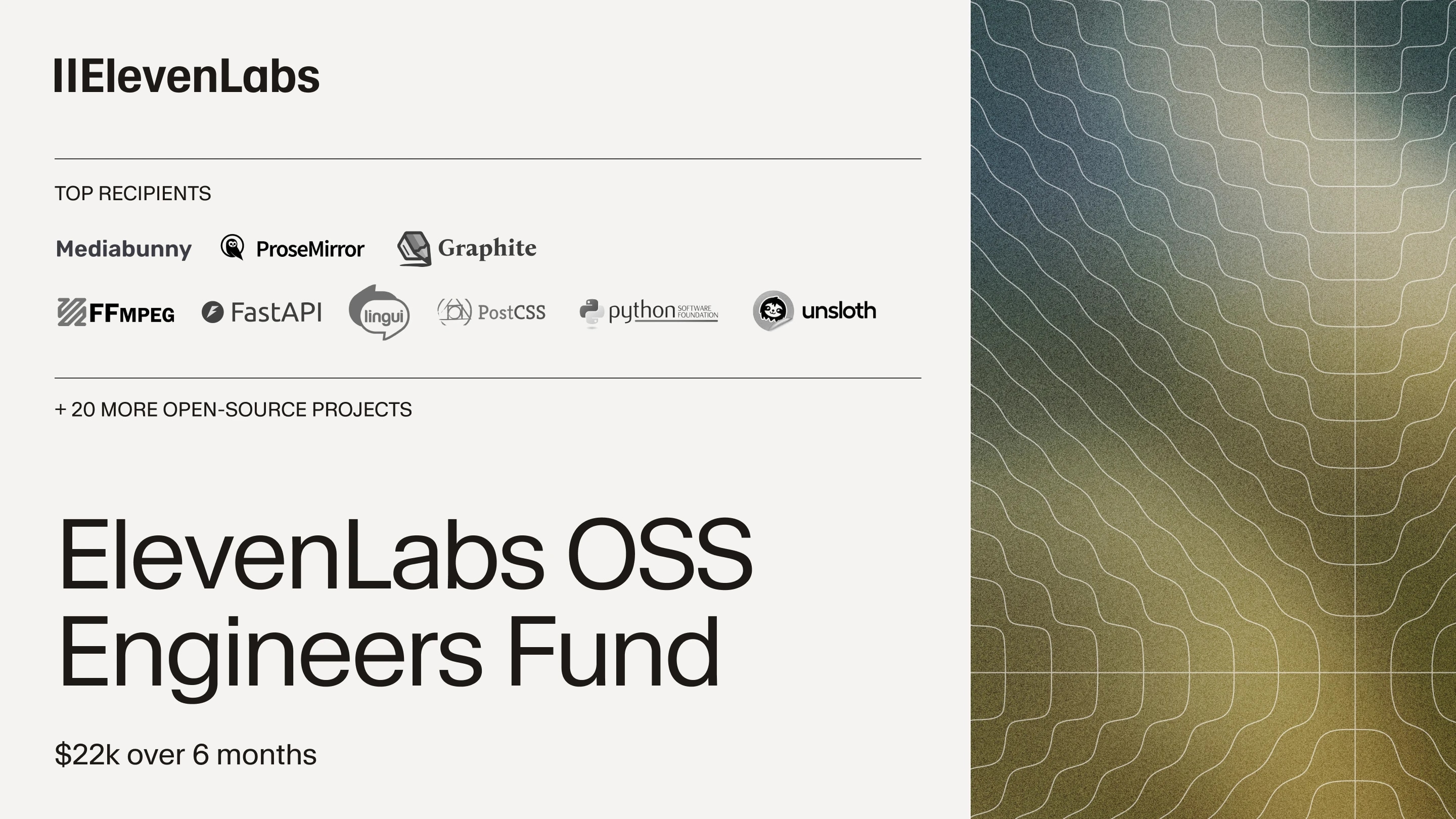
Elevenlabs OSS Engineers Fund: supporting the open-source projects that shape our work
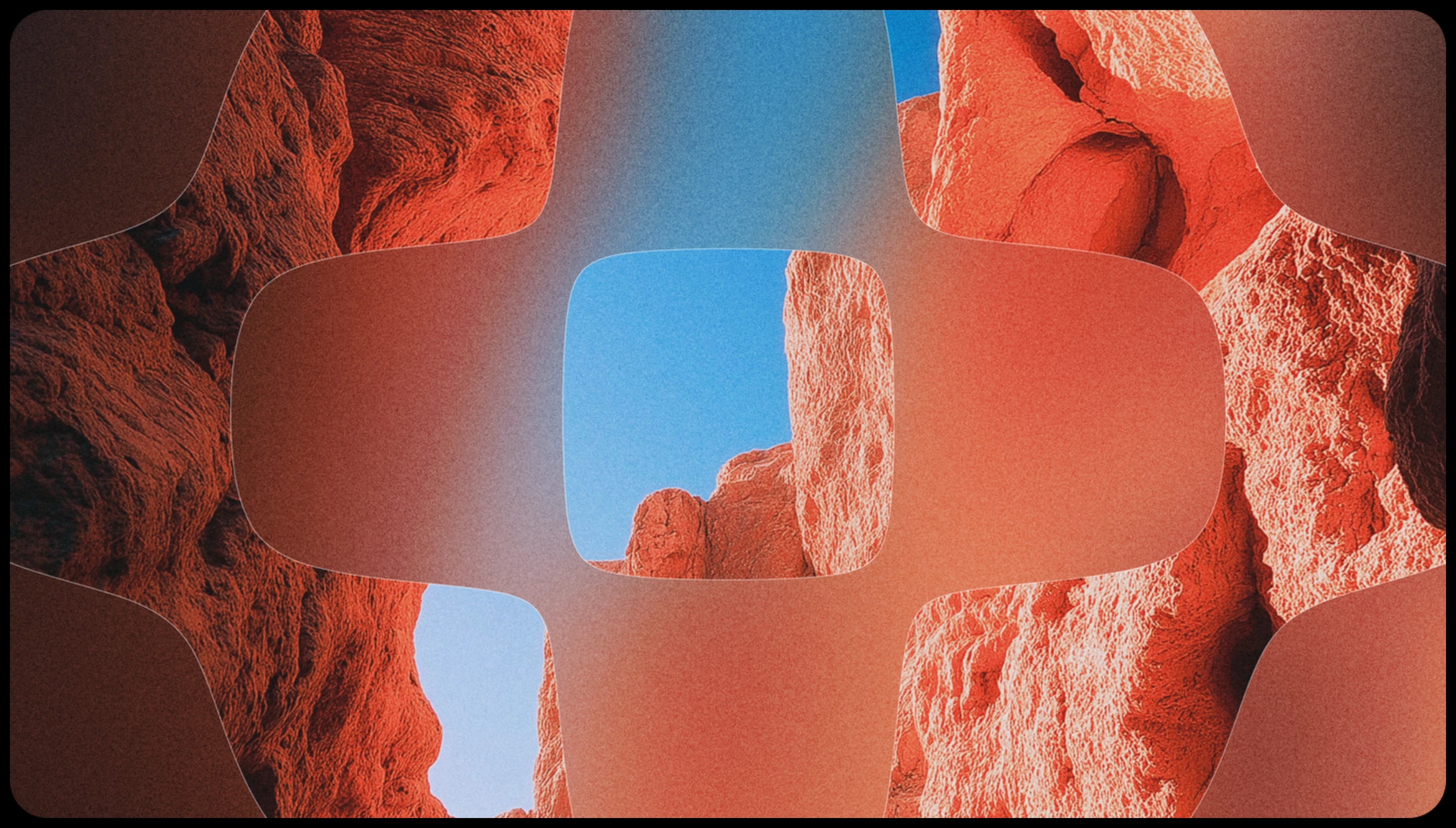
Integrating external agents with ElevenLabs Agents' voice orchestration
Patterns for integrating ElevenLabs voice orchestration with complex and stateful agents
